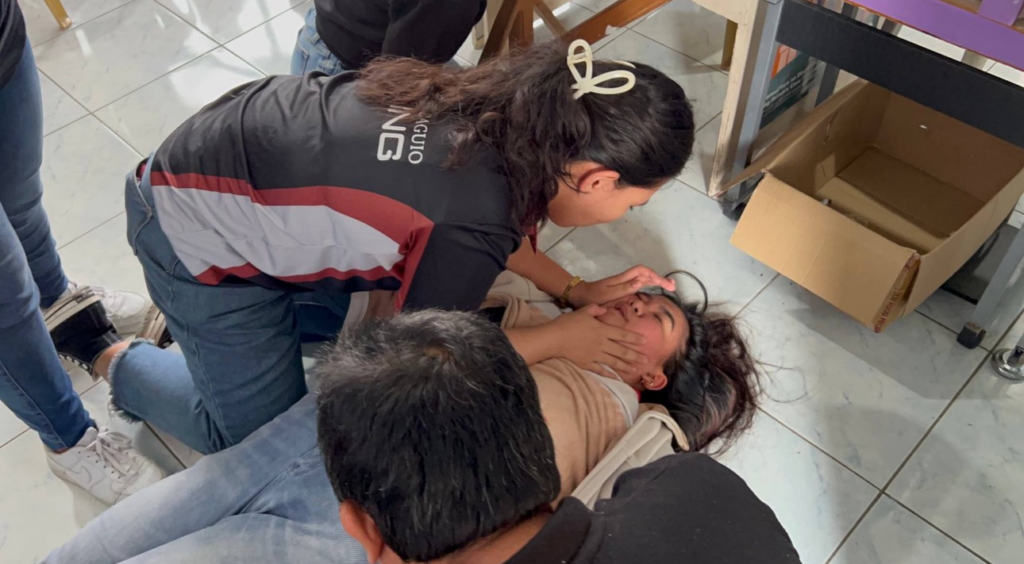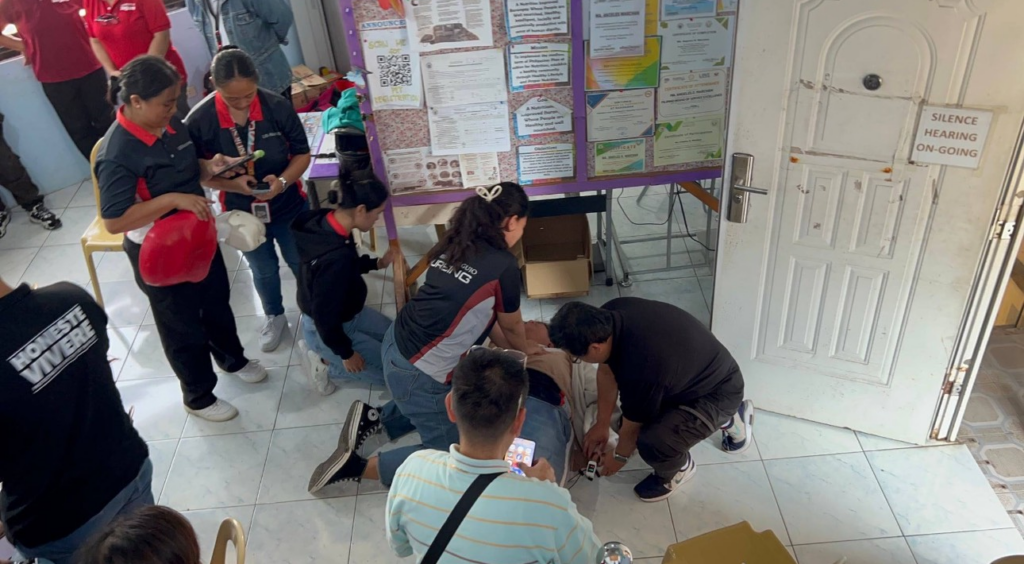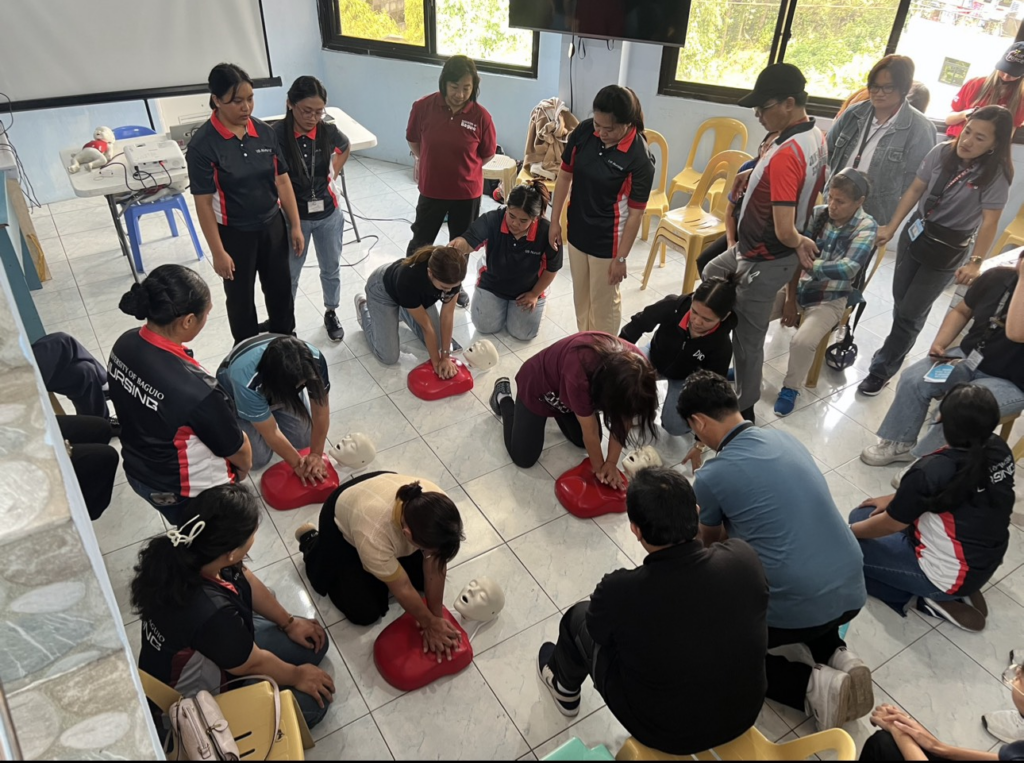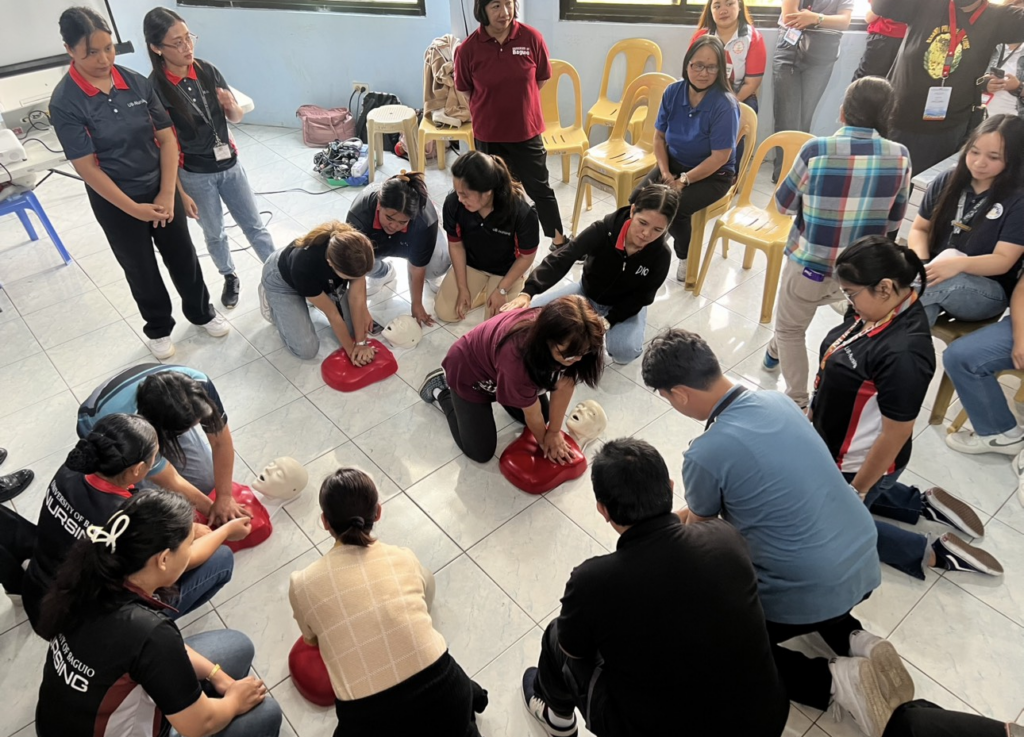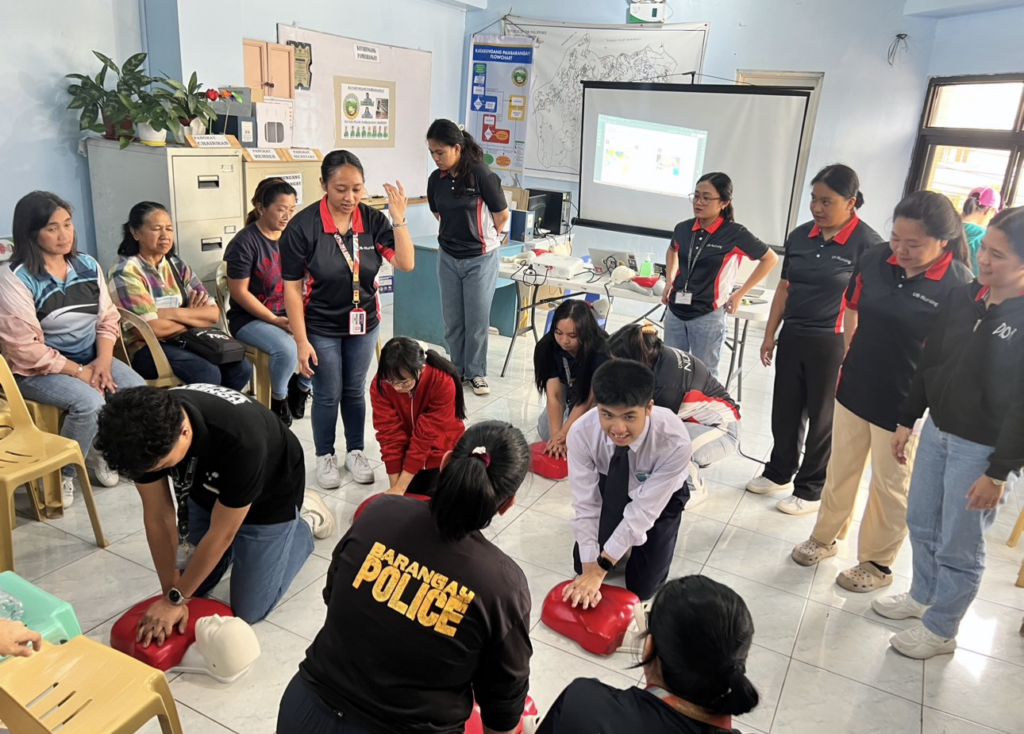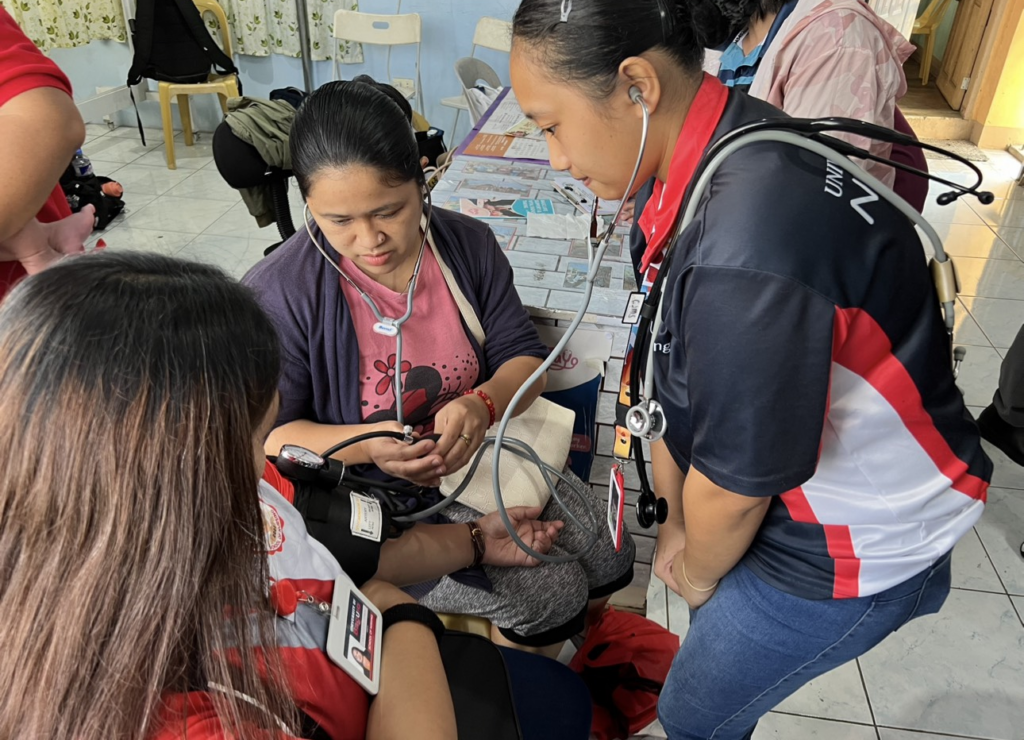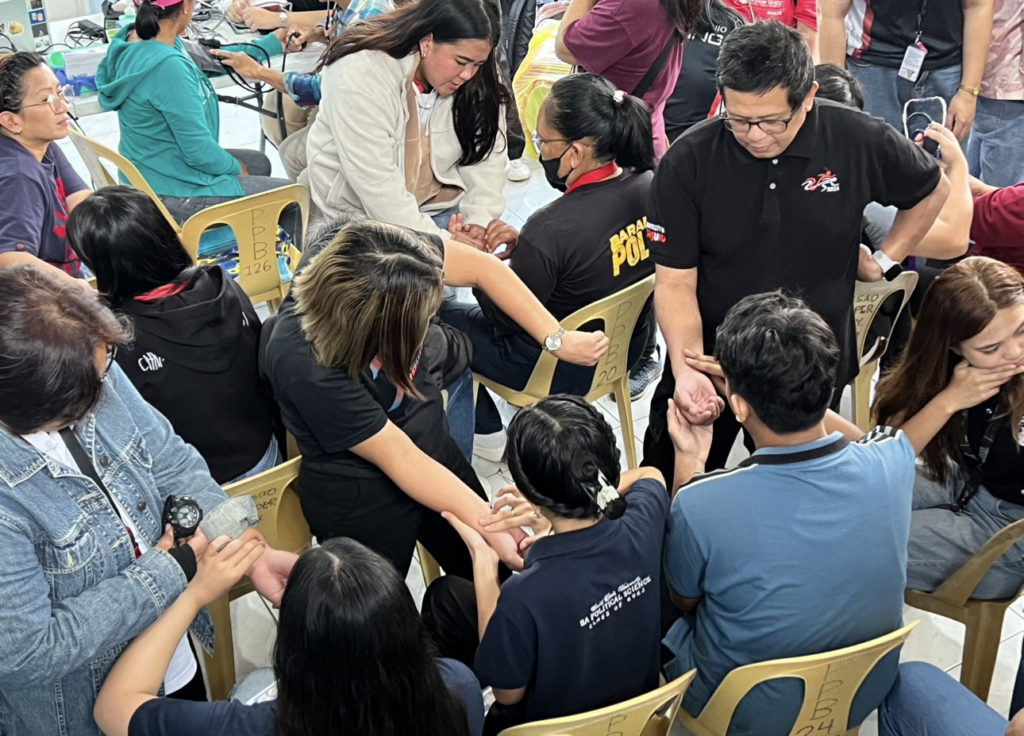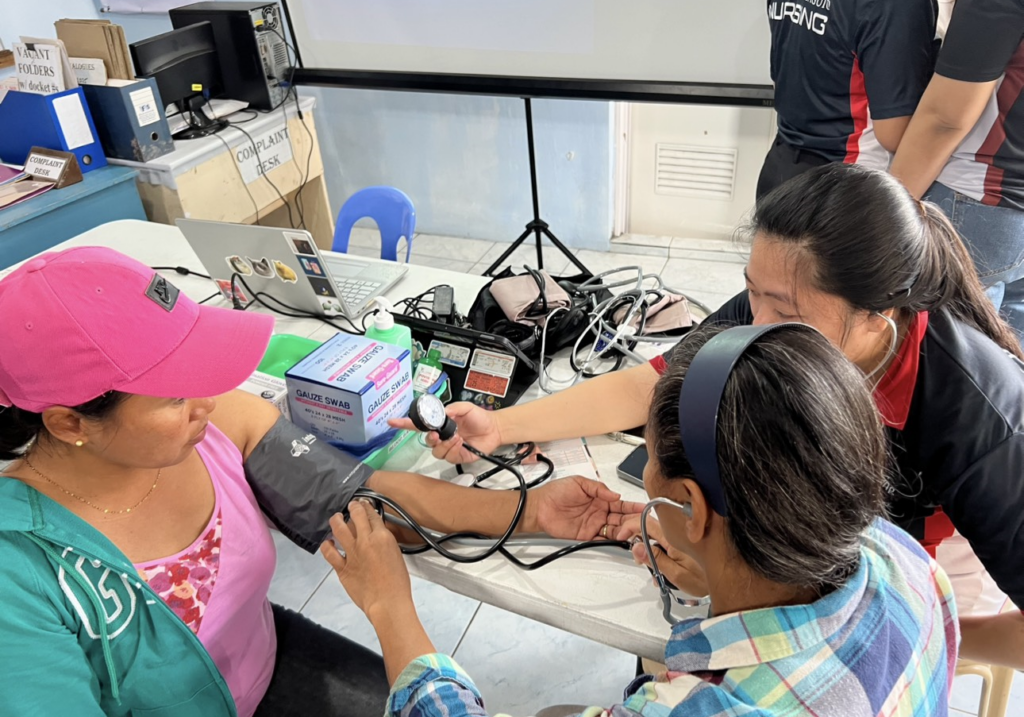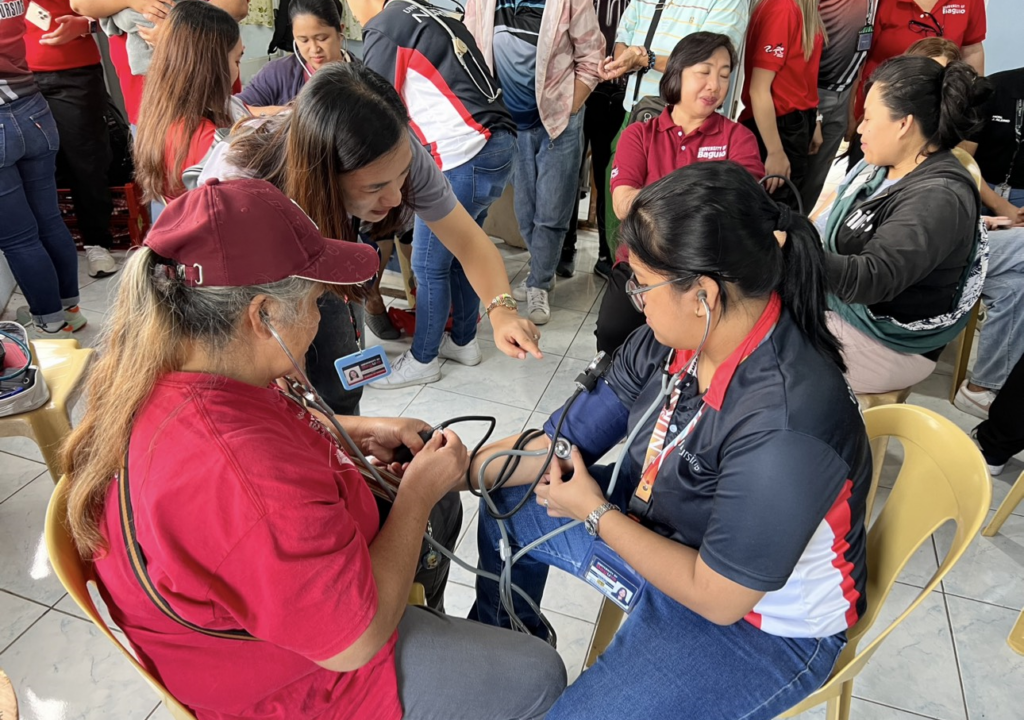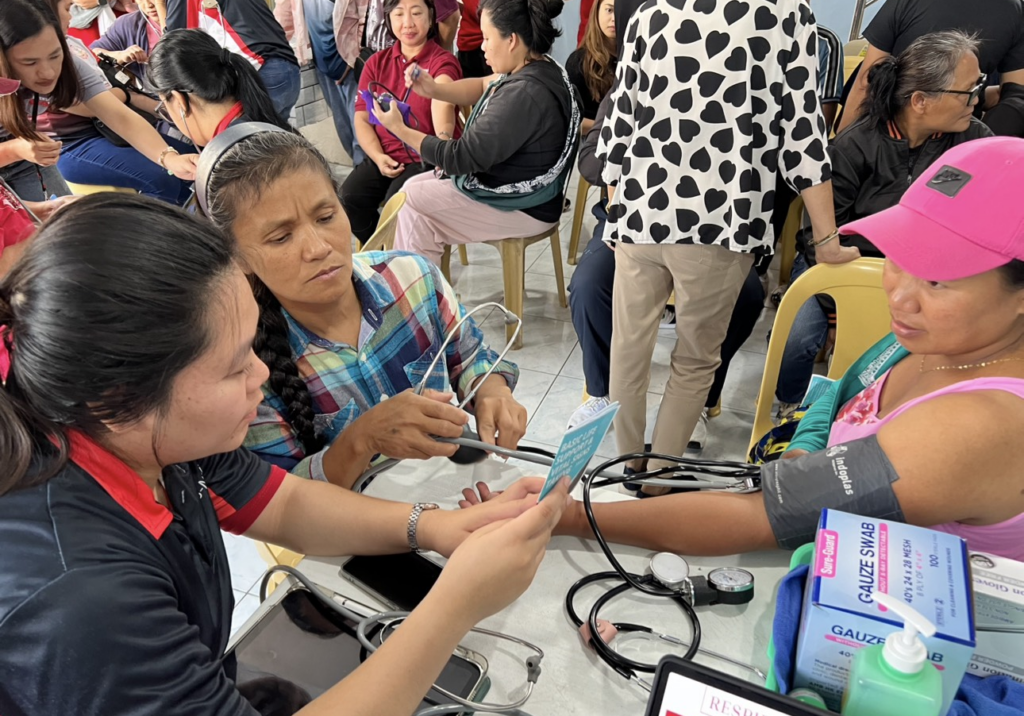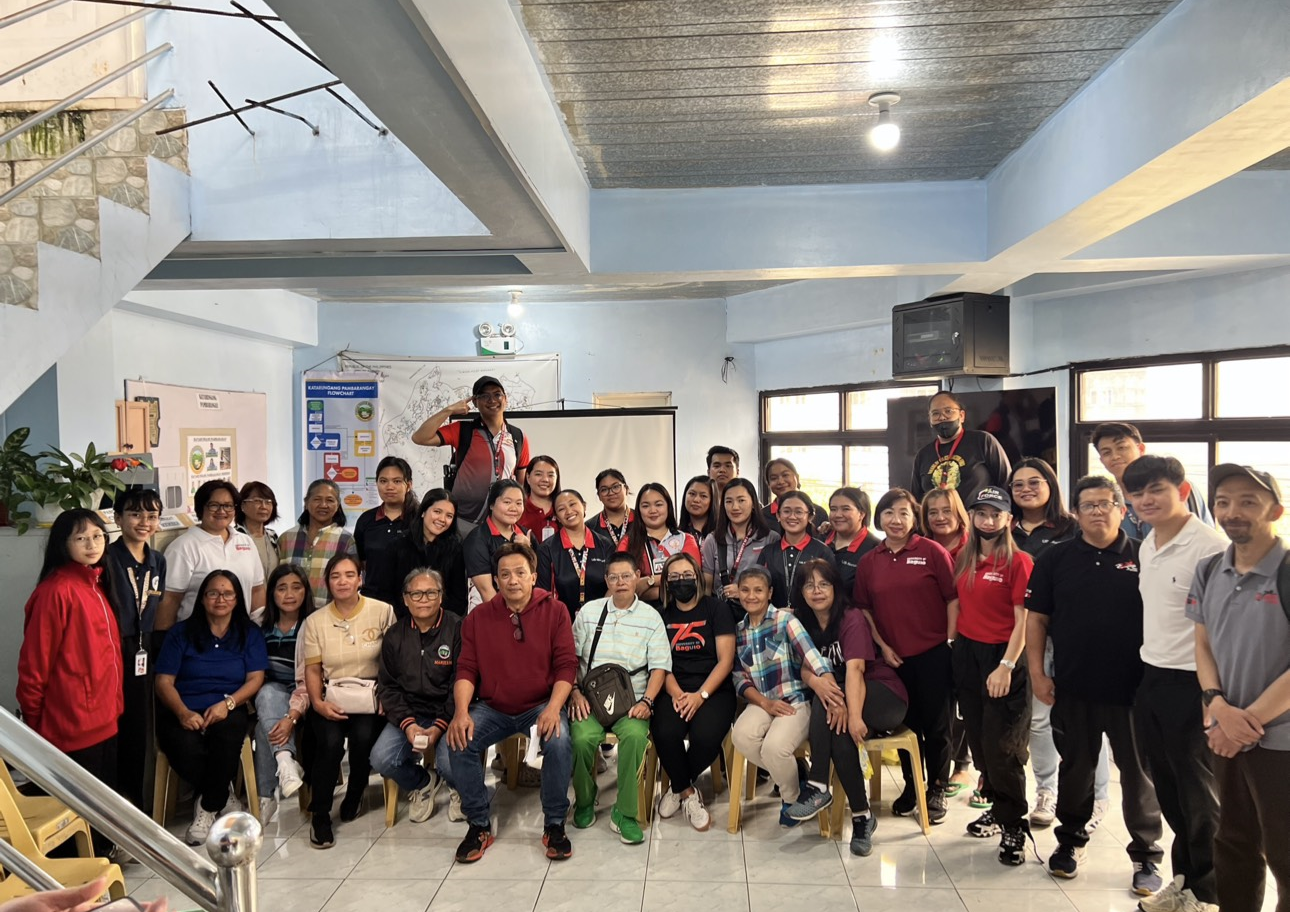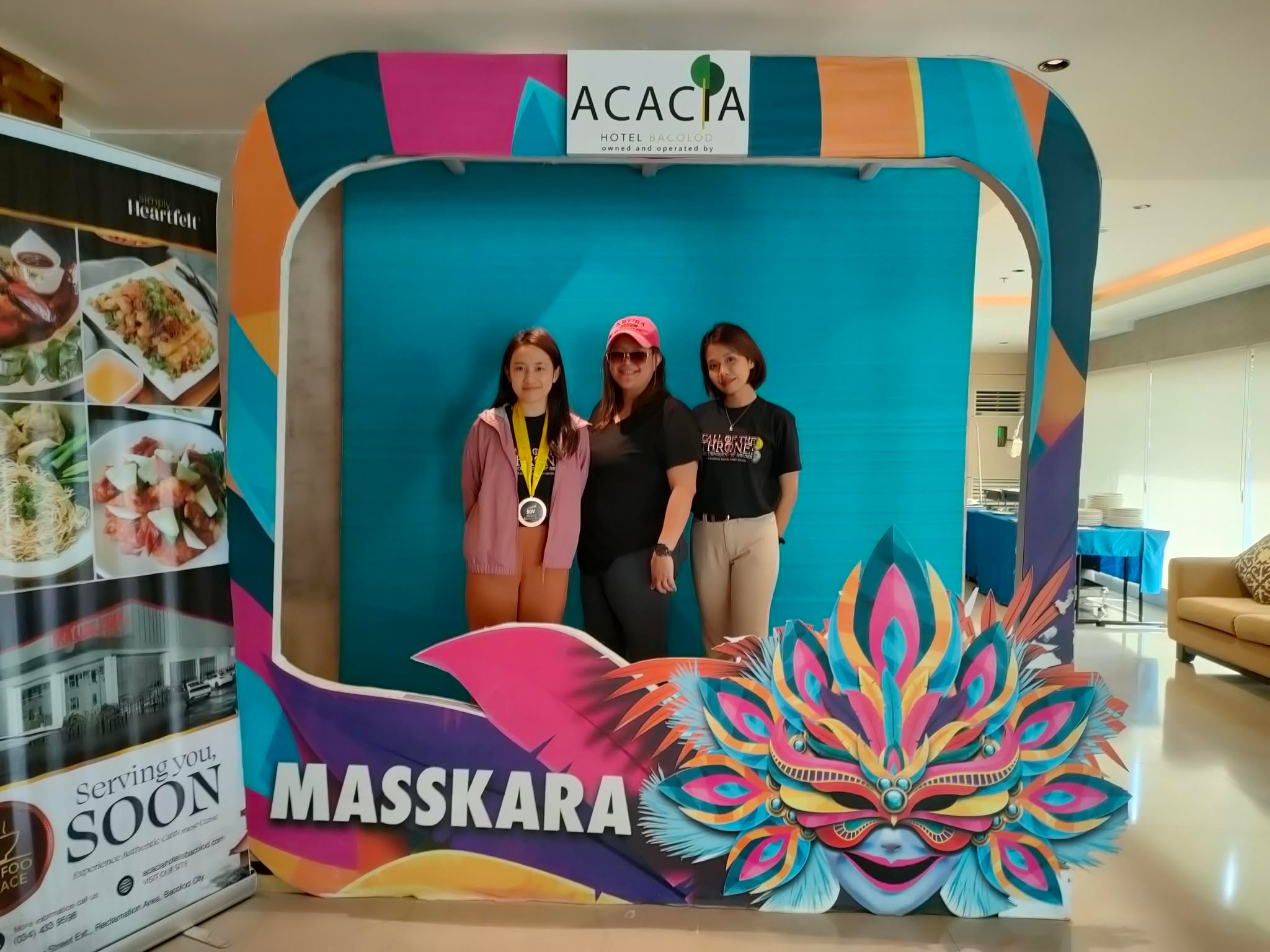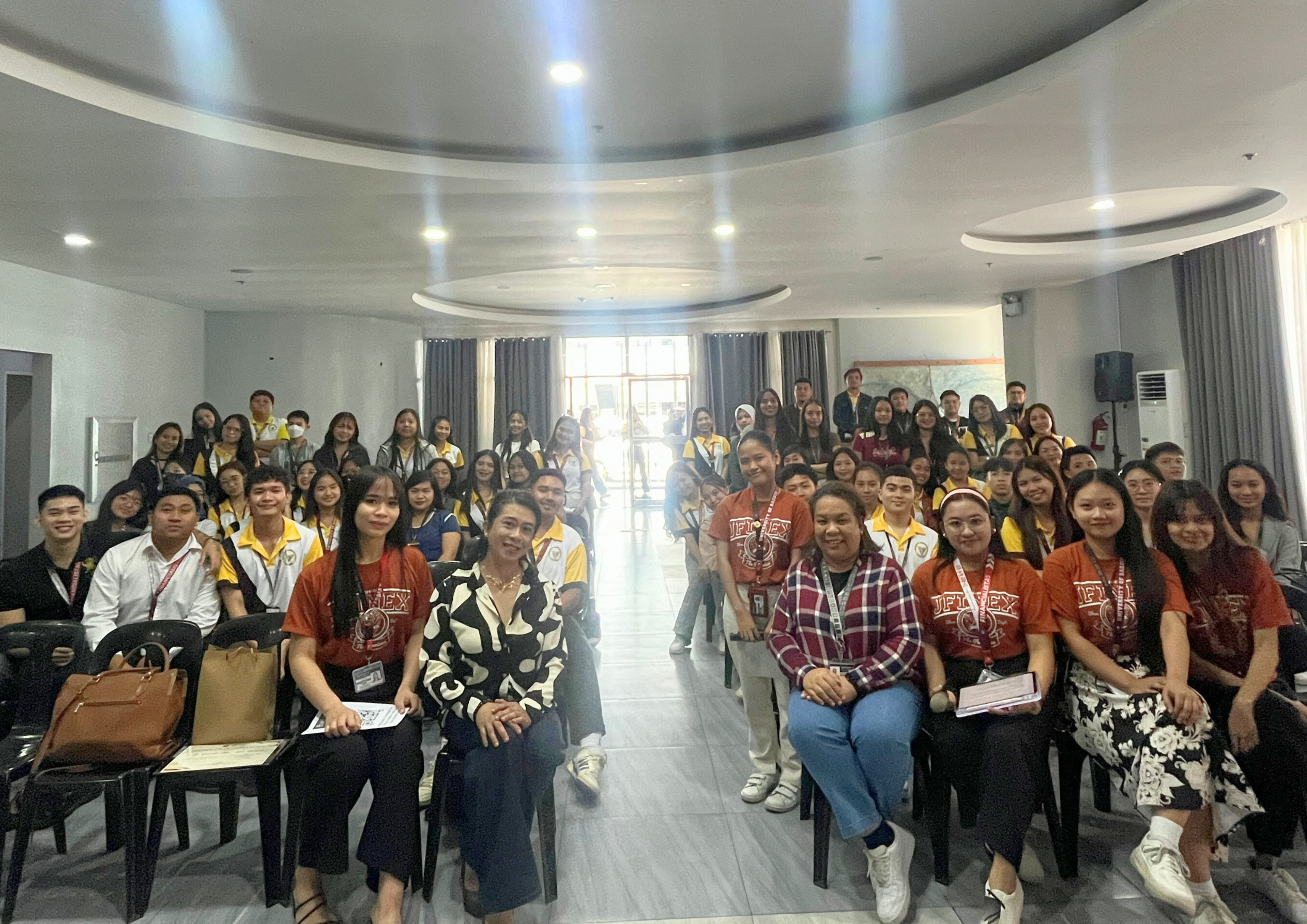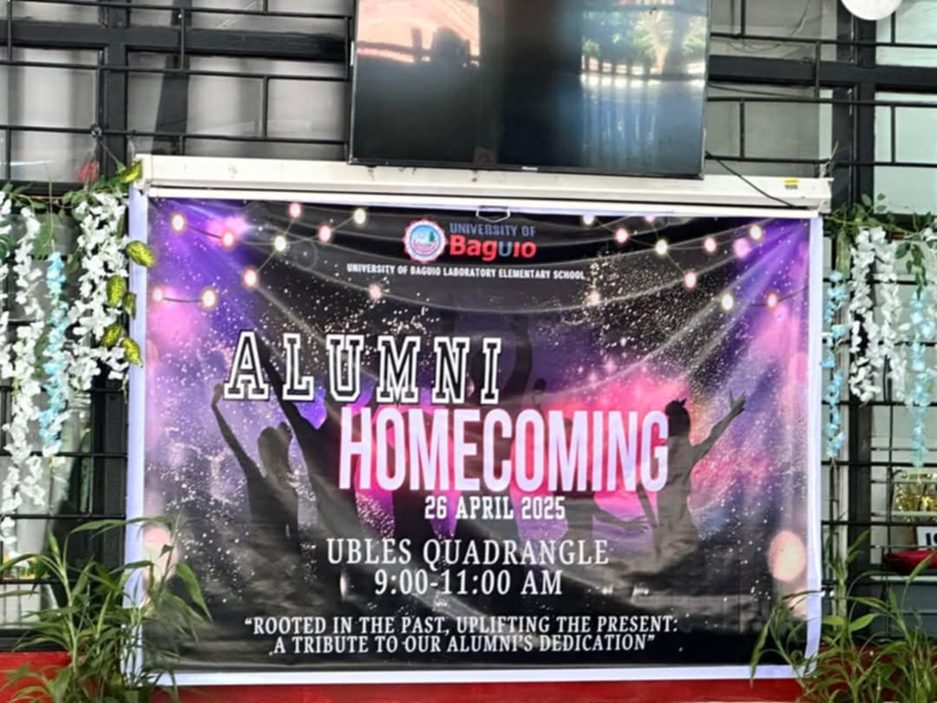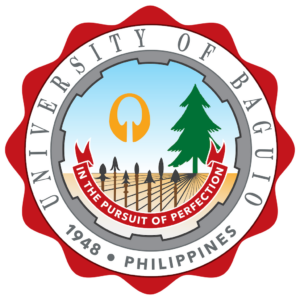By Kriszel Pascua & Aissa D. Pater
Saving lives may seem daunting, especially for those outside the healthcare profession. Yet in moments of crisis, when every tick of the clock, every beat of the heart, and every gasp for breath becomes critical, even the simplest actions can mean the difference between life and death. Disasters and emergencies often strike without warning. In these unpredictable and high-stakes situations, Basic Life Support (BLS) serves as a crucial bridge between survival and loss, underscoring the importance of community preparedness and first-response capabilities.
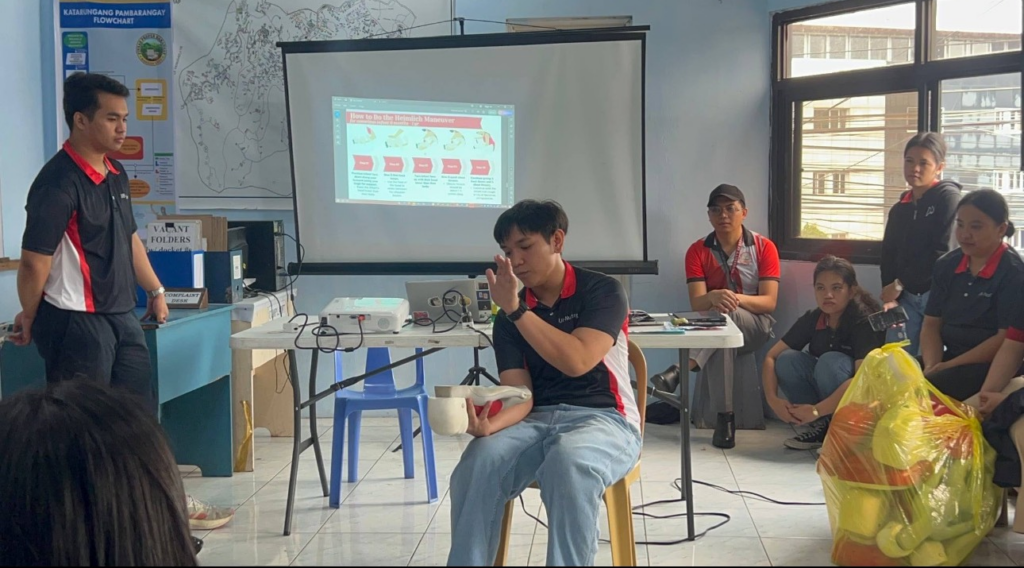
In light of this, the Research, Innovation, Extension, and Community Outreach (RIECO) Office, in collaboration with the School of Nursing’s ECOS (SON ECOS) under the leadership of Ms. Fawn Maday-a, and with the support of fourth-year UB School of Nursing (UBSON) students and faculty, spearheaded a life-saving educational initiative titled “Tic Toc: Every Life Counts, Together We Beat the Clock.” Conducted on April 7, 2025, at the Barangay Pinsao Proper Hall in Baguio City, the activity was held under the UB CARES and S.A.L.U.N.-A.T. programs, which are designed to promote community health, wellness, and sustainable outreach. This initiative specifically aimed to equip Barangay Health Workers (BHWs), and local residents with vital hands-on skills and theoretical knowledge in Vital Signs Assessment, Basic Life Support, and the Heimlich Maneuver.
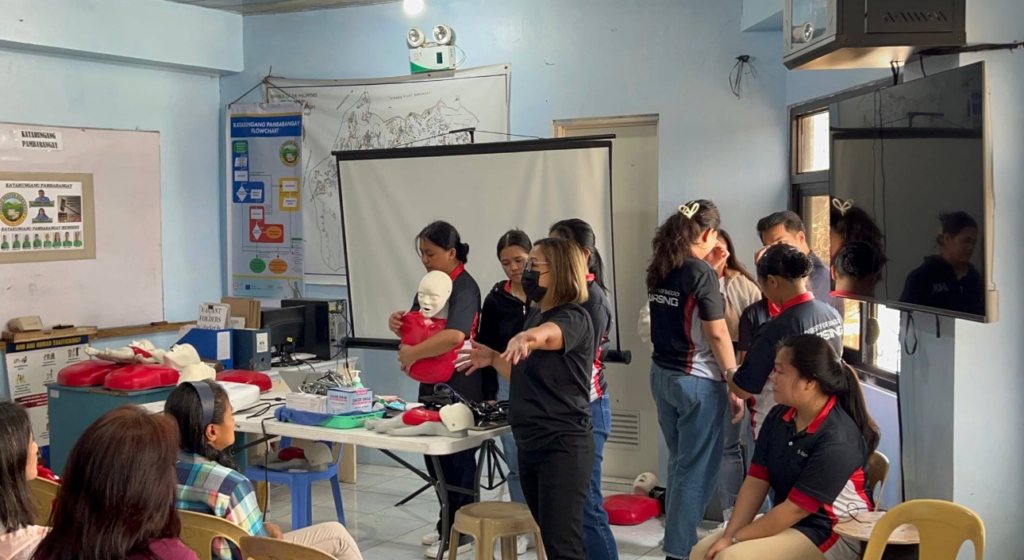
The training combined engaging lectures, live demonstrations, and return demonstrations to ensure the participants gained not just understanding but practical proficiency. A primary focus of the event was the proper assessment of vital signs which is an essential skill for any first responder. Participants were trained to use sphygmomanometers, thermometers, pulse oximeters, and stethoscopes, and were guided through techniques for measuring blood pressure, temperature, heart rate, respiratory rate, and oxygen saturation. The instructors highlighted not only the proper procedures but also the standard ranges and red flags that could signal health emergencies.
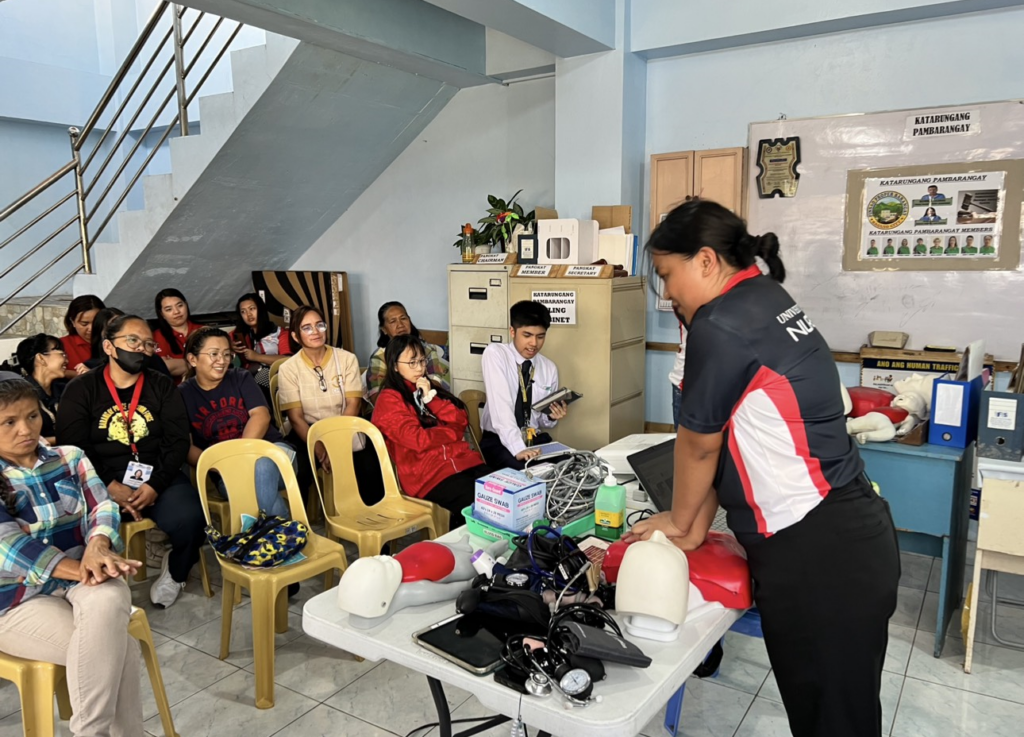
To introduce Basic Life Support, the facilitators designed a simulated emergency scenario that caught the attention of participants and emphasized the urgency and realism of such situations. Once the simulation was revealed, it served as an effective segue into teaching the BLS algorithm for both adult and pediatric patients. Participants learned how to perform high-quality CPR, respond quickly, and recognize when advanced medical care is needed, an empowering experience that reinforced their role as frontline responders. In addition, the Heimlich Maneuver was thoroughly demonstrated, with participants learning to recognize signs of choking and execute abdominal thrusts correctly. Common misconceptions were addressed, and evidence-based practices were emphasized to build confidence and competence.
The event was a resounding success, leaving participants better prepared to serve their communities during emergencies. More than just an instructional session, the initiative highlighted the power of collaboration between educational institutions and local communities. It exemplified how capacity-building efforts rooted in compassion, practice, and education contribute to achieving Sustainable Development Goal 3 (Good Health and Well-being) by promoting health literacy and preparedness; SDG 4 (Quality Education) by providing inclusive, practical learning opportunities; and SDG 17 (Partnerships for the Goals) by strengthening ties between the University of Baguio and its surrounding communities. In Barangay Pinsao Proper, the clock may still tick, but with knowledge, practice, and unity, they are now better equipped to beat it—together.
